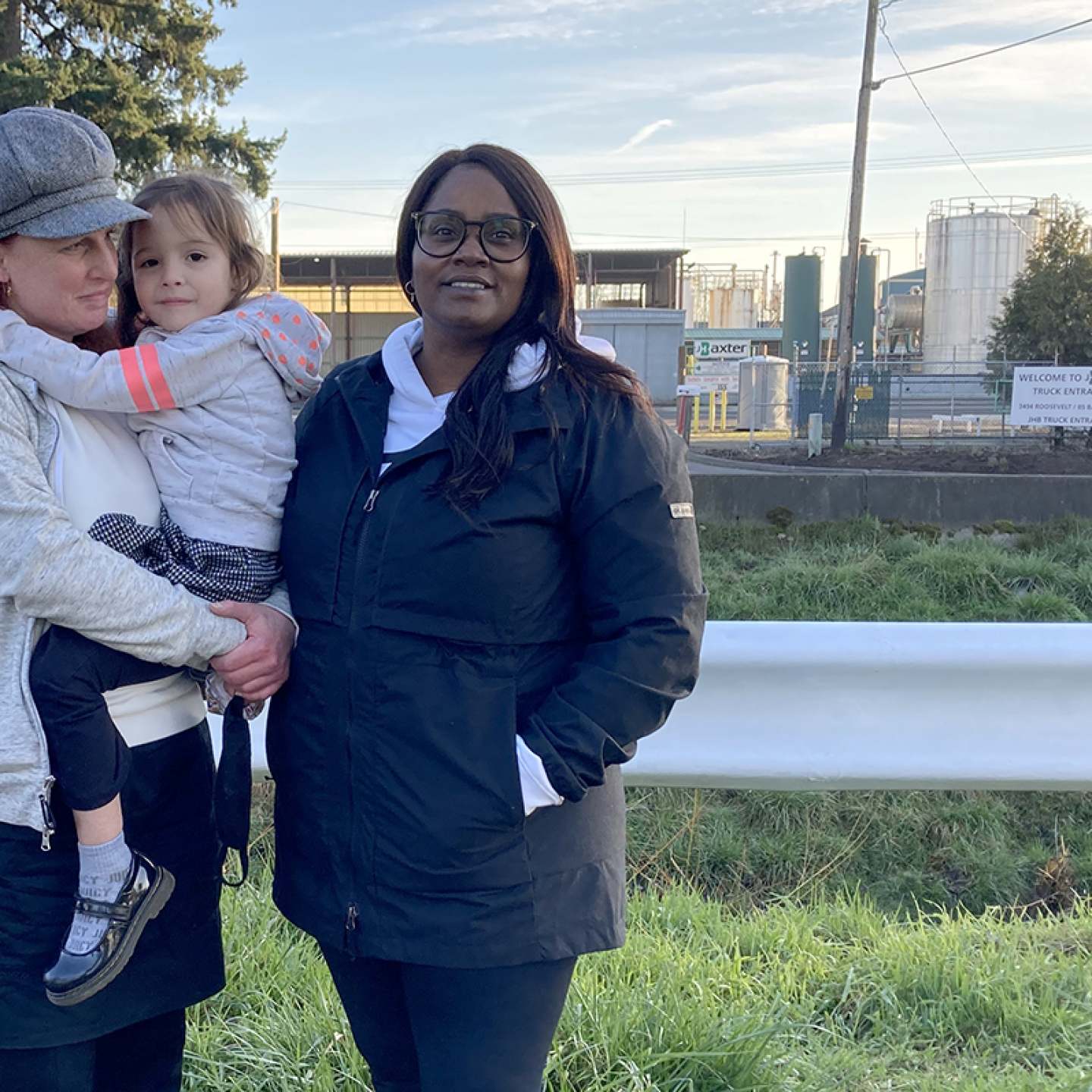By now, the whole world knows that seven documented bumble bee kill incidents happened in Oregon during 2013-2014. These bee…
The Power of Grassroots Action: Oregon's Triumph Over Chlorpyrifos
This development highlights the power of grassroots action. Oregon’s new law on chlorpyrifos is stronger and more protective than the…
Winning the Battle to Ban Chlorpyrifos!
In 2020, Oregon became the 4th state to phase-out the organophosphate insecticide, chlorpyrifos. This law came about as a result…
Lay Of The Land (Use)
“I’m from the coast.” “I own a farm.” “My family have been ranchers for five generations.” Our sense of ourselves…







